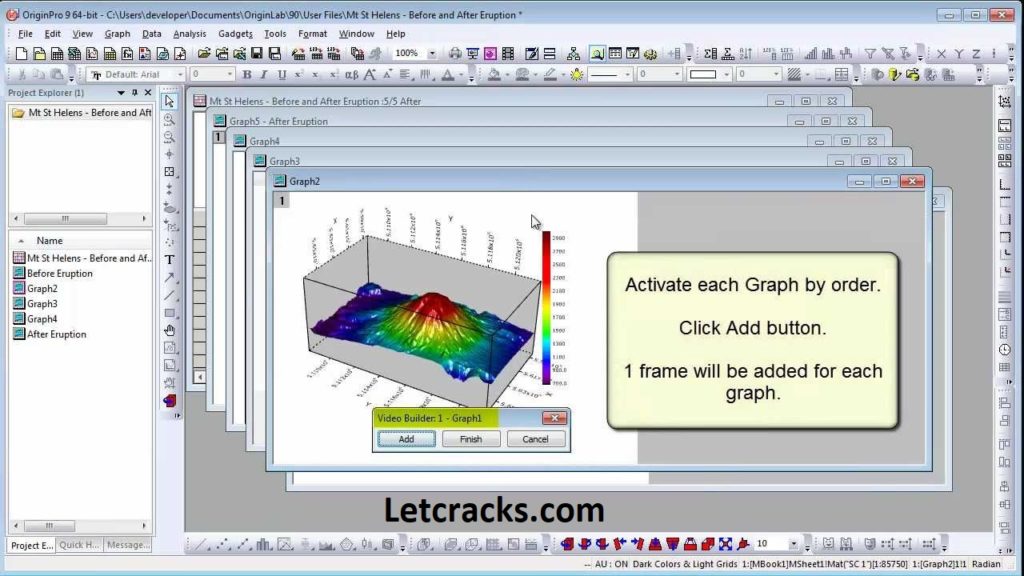

Once it is triggered, the collapse of gas and dust within that patch continues for two reasons. Energy and matter released by these stars might compress the gas and dust in nearby neighborhoods within the nebula. Exactly how this starts isn’t clear, although it might be triggered by the violent behavior of nearby stars as they progress through their life cycles. Ī solar system begins to form when a small patch within a nebula (small by the standards of the universe, that is) begins to collapse upon itself. This is why the picture on the right appears to have more stars than the picture on the left. Near infrared light captures heat from stars, and allows us to view stars that would otherwise be hidden by dust. The Pillars of Creation within the Eagle Nebula viewed in visible light (left) and near infrared light (right). The gas consists largely of hydrogen and helium, and the dust consists of tiny mineral grains, ice crystals, and organic particles.įigure 3.1.2 Photograph of a nebula. Nebulae are some of the most beautiful objects that have been photographed in space, with vibrant colors from the gases and dust they contain, and brilliant twinkling from the many stars that have formed within them (Figure 3.1.2). They begin in a cloud of gas and dust called a nebula. All solar systems start out the same way. A solar system consists of a collection of objects orbiting one or more central stars. Our solar system began to form around 5 billion years ago, roughly 8.7 billion years after the Big Bang. Gravity caused clouds of these early elements to coalesce into stars, and it was inside these stars that heavier elements were formed Those collisions produced hydrogen and helium, the most common elements in the universe, along with a small amount of lithium. Eventually some of the particles collided and stuck together.

Figure 3.1.1 The Big Bang and development of the universe (Steven Earle, “Physical Geology”).Īt the start of the Big Bang, the universe was too hot and dense to be anything but a sizzle of particles smaller than atoms, but as it expanded, it also cooled. The kind of Hollywood explosion that might come to mind involves expansion of matter and energy within space, but during the big bang, space itself was created. The Big Bang involved a sudden expansion of matter, energy, and space from a single point. The Big Bang is often described as an explosion, but imagining it as an enormous fireball isn’t accurate. According to the Big Bang theory, the universe blinked violently into existence 13.77 billion years ago (Figure 3.1.1).


 0 kommentar(er)
0 kommentar(er)
